Dow Jones: Recession Fears or Soft Landing Ahead?
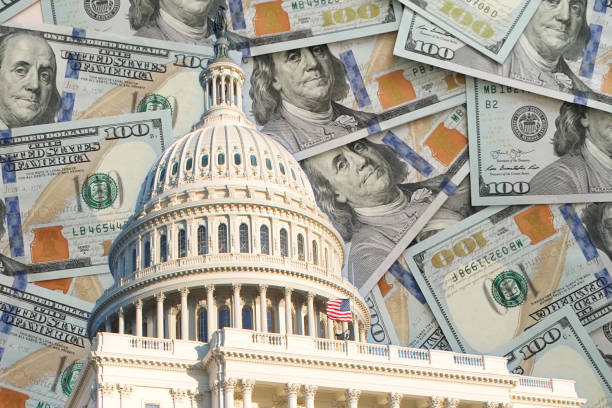
Background of Recession Fears or Soft Landing Ahead
As of late 2025, the U.S. economy is at a crossroads. After a strong Q2 GDP growth of 3.8%, the country is experiencing signs of slowing momentum. The Dow Jones Industrial Average, a bellwether of market confidence, has reached near-record levels, even as whispers of recession circulate in financial circles.
This divergence between market performance and underlying economic signals raises a critical question: Is the U.S. heading for a recession, or can it achieve a soft landing?
A soft landing occurs when economic growth slows to a sustainable rate without tipping into contraction, often accompanied by controlled inflation and steady employment.
In contrast, a recession is a sustained decline in economic activity, typically marked by falling GDP, rising unemployment, and reduced corporate profits.
The Dow Jones, alongside the S&P 500 and Nasdaq, reflects investor sentiment. While markets are forward-looking and often discount future expectations, they can also overreact to short-term economic signals, creating volatility even in fundamentally stable conditions.
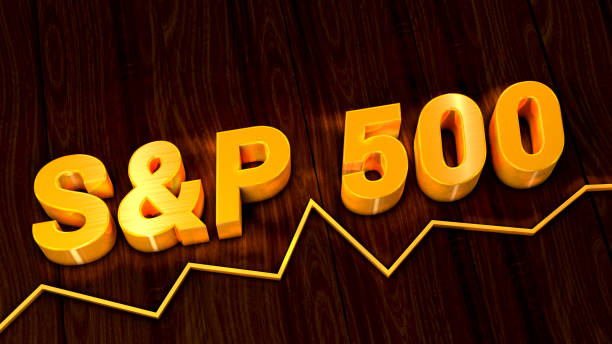
Key Economic Indicators: What the Data Shows
1. GDP Growth Trends
The U.S. economy expanded by 3.8% in Q2 2025, exceeding expectations of 3.2%. This robust growth signals resilience in consumption, corporate earnings, and business investment. However, growth rates have shown signs of deceleration from the explosive post-pandemic recovery, suggesting that the economy may be cooling to a more sustainable pace.
Why it matters: GDP growth is a primary measure of economic health. Sustained growth above 2% typically supports market confidence, while slower growth can hint at looming weakness.
2. Yield Curve Analysis
The yield curve is one of the most closely watched recession indicators. Historically, an inverted yield curve (short-term rates exceeding long-term rates) has preceded recessions by 6–18 months.
- Current status: As of late 2025, the yield curve has partially steepened after a period of inversion earlier this year.
- Implications: While inversion initially raised recession alarms, the recent normalization suggests investors may be pricing in a moderate slowdown rather than a severe contraction.
Expert insight: Economists caution that while the yield curve remains a powerful predictor, it is not infallible. Factors such as Fed policy, global liquidity, and inflation expectations can influence its shape independently of recession risk.
3. Inflation and Consumer Prices
Inflation has been a persistent concern in 2025. Although headline inflation has moderated from last year’s highs, certain sectors—especially services, housing, and energy—continue to show elevated price growth.
- Core inflation remains above the Fed’s 2% target, reflecting underlying cost pressures.
- Consumer sentiment is impacted as households adjust spending to rising prices.
Why it matters: If inflation remains sticky, the Federal Reserve may need to maintain higher interest rates for longer, potentially slowing economic activity further.
4. Employment and Labor Market Dynamics
The U.S. labor market continues to show resilience:
- Unemployment rate: Holding near historic lows at ~3.6%.
- Job growth: Slowing in recent months, but still positive.
While layoffs are limited, some sectors—especially tech and manufacturing have shown cautious hiring. This mixed picture suggests the labour market is slowing without collapsing, consistent with a potential soft landing scenario.
5. Consumer & Business Sentiment
Sentiment surveys indicate cautious optimism:
- Businesses are moderating expansion plans due to interest rate concerns and input costs.
- Consumers remain confident in spending but are increasingly price-conscious.
Investor sentiment aligns closely with market performance: the Dow Jones has risen despite mixed signals, reflecting a belief that growth may slow but not contract sharply.
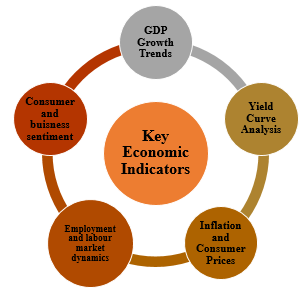
Market Performance Amid Economic Uncertainty
Dow Jones Industrial Average
The Dow Jones has been resilient, driven by strong earnings in blue-chip industrials, tech-adjacent firms, and consumer staples.
- Gains reflect confidence that corporate profits can weather slowing growth.
- Market momentum has been supported by Fed policy expectations, with potential rate cuts on the horizon boosting equity valuations.
S&P 500 & Broader Markets
- S&P 500: Also near all-time highs, supported by sectors like healthcare, technology, and energy.
- Volatility: VIX (volatility index) remains moderate, suggesting investor complacency despite recession chatter.
Recession Risks vs. Soft Landing Signals
Factors Suggesting a Recession
- Slowing GDP growth in Q3–Q4 2025 may dip closer to 1–2%.
- Elevated inflation could prompt the Fed to maintain higher rates longer than anticipated.
- Global headwinds: Supply chain disruptions, geopolitical tensions, or trade uncertainty could exacerbate slowdown risks.
Factors Suggesting a Soft Landing
- Strong Q2 GDP growth provides a buffer.
- Labor market resilience prevents widespread job losses.
- Yield curve normalization indicates a moderation in economic slowdown rather than a sharp contraction.
- Investor and business sentiment remain cautiously optimistic.
How the Dow Jones Signals Market Expectations
Investors look at the Dow as a leading indicator of economic expectations:
- Rising indices suggest optimism about corporate earnings and Fed support.
- Pullbacks or heightened volatility can signal skepticism about the sustainability of growth.
- Sector performance offers clues: industrials, financials, and tech adoption are sensitive to interest rates and consumer demand.
The Dow’s behavior can provide a barometer of whether the market expects a soft landing or recession:
- Soft landing: Gradual gains across sectors, low volatility, steady investment flows.
- Recession: Sharp corrections, higher volatility, rotation into defensive assets like utilities and bonds.
Navigating the Market: Investor Strategies
1. Diversification Across Sectors
- Allocate across defensive and cyclical sectors to hedge against uncertainty.
- Balance growth and value stocks to mitigate risks from economic slowdown.
2. Monitoring Leading Indicators
- Yield curve: Watch for re-inversion.
- Corporate earnings guidance: Track for profit warnings.
- Inflation trends: Rising CPI or PCE can signal tighter Fed policy.
3. Risk Management
- Consider using stop-loss orders or hedging strategies to protect portfolios.
- Maintain cash reserves to capitalize on potential market dips.
4. Long-Term Perspective
- While short-term volatility may occur, the U.S. economy has historically weathered slowdowns without collapsing if fundamentals remain strong.
- A soft landing preserves purchasing power and capital growth over time.
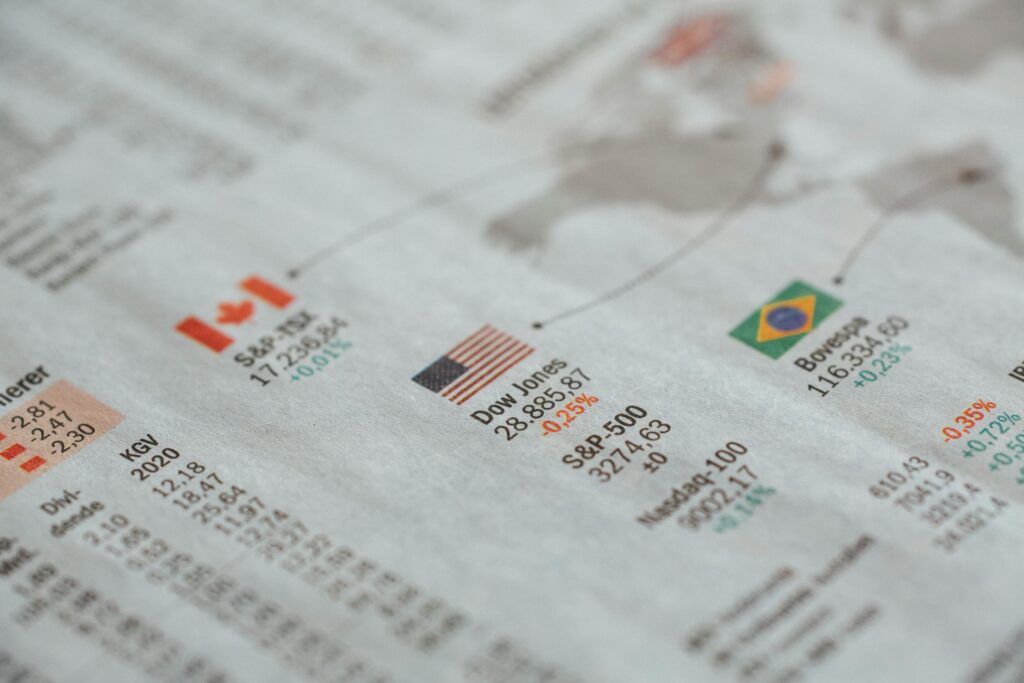
Final Verdict
The U.S. economy in late 2025 presents a mixed yet manageable picture. On the optimistic side, strong Q2 GDP growth, resilient labor markets, and sustained market confidence suggest that a soft landing is achievable. However, caution is warranted, as slowing growth, persistent inflation, and global risks could push the economy toward a recession if conditions deteriorate.
The Dow Jones serves as a reflection of investor expectations, and its current resilience indicates that the market leans toward optimism, though vigilance remains essential. Investors are advised to closely monitor leading indicators, diversify their portfolios, and maintain a long-term perspective to navigate the delicate balance between recession fears and the potential for a soft landing.

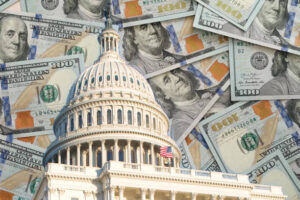
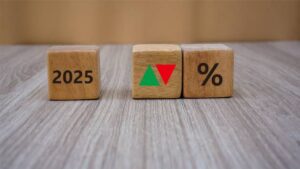
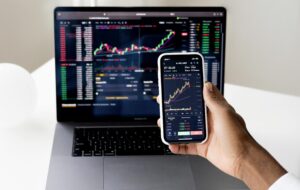



1 thought on “Dow Jones: Recession Fears or Soft Landing Ahead?”